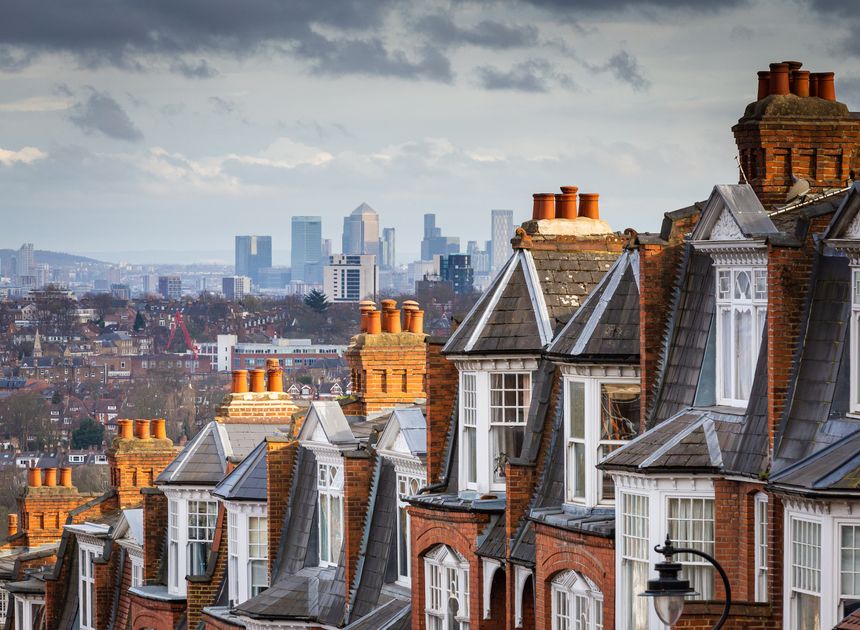Overview
The Ministry of Housing, Communities and Local Government ("MHCLG") finally unveiled its "Remediation Acceleration Plan" (the "RAP") on 2 December 2024. The long-awaited RAP sets out a clearer target for the completion of the remedial works of building safety defects in order to protect residents more quickly. The RAP is a direct response to the National Audit Office's report on dangerous cladding (published in November 2024) which highlighted the speed at which unsafe buildings were being remediated in the UK and the dangers associated with this. The RAP is the government's proposed solution to all of the many identified (and widely discussed) issues with implementation of the Building Safety Act 2022, further to the Grenfell Tower tragedy in 2017.The RAP sets targets that by the end of 2029:
- Buildings over 18m in height with unsafe cladding and that are part of the government-funded remedial scheme will be remediated; and
- Landlords of buildings over 11m in height with unsafe cladding will face severe penalties if:
- their buildings are not remediated; or
- the relevant works do not have a completion date.
Local authorities and regulators are set to be given more powers to enforce the legal obligations that the RAP places on landlords and developers in order to ensure that these ambitious targets are met.
What does the Remediation Acceleration Plan entail?
MHCLG's RAP intends therefore to improve the programme for remediation of buildings following three key objectives:
- Fix buildings faster
- Identify all buildings with unsafe cladding; and
- Support residents
Objective 1: fix buildings faster
This objective seeks to ensure that the highest-risk buildings are fixed at pace. MHCLG intend to hold landlords and developers accountable for failing to swiftly remediating buildings by introducing more stringent legal consequences, financial penalties and even criminal charges for non-compliance. Further, developers must remediate buildings they were responsible for with a clear commitment to completion by 2027 or face legal action.
Importantly, the RAP also sets out that local authorities and regulators will be given additional funding and support to enable more effective enforcement.
To tackle the supply chain issues the construction industry faces, the RAP provides details of the government's intention to increase capacity and provide better training for workers in the cladding sector. The government also states it will hold manufacturers to account for supplying unsafe products.
Objective 2: identify all buildings with unsafe cladding
The government's objective is to identify all buildings with unsafe cladding; however, particular emphasis is drawn to those between 11m and 18m in height which are not currently required to register with the Building Safety Regulator. The government estimates that thousands of such buildings have not yet been identified, in turn leaving residents unsure of remediation timelines and their safety. The RAP proposes legislation to close this gap by requiring all residential buildings of over 11m to register, thus creating a complete database. It is hoped by doing so, that assessments and remediation will be sped up. The RAP states that Homes England are investigating over 540,000 building records to identify buildings with unsafe cladding and that by April this year, the highest-risk buildings will have been assessed.
The RAP also sets out the government's plan to tighten building assessment rules and enforce penalties for non-compliance. Accordingly, leaseholders (who the government recognises likely feel powerless to try and force action), have access to the "Tell Us" Tool which allows them to make Homes England aware of any concerns.
Objective 3: support residents
The RAP sets out the government's aim to protect residents from the impacts of building safety defects, giving support throughout remediation projects by ensuring that:
- leaseholders are kept informed, consulted and their disruption is minimised during the process - this includes contractors and developers being required to adhere to the Code of Practice for Remediation (guidance already in existence prior to the RAP);
- the HSE inspects cladding projects and enforces safety standards;
- landlords maintain fire risk assessments and inform residents of safety changes during works;
- leaseholders are protected from insurance costs associated with fire safety issues by exploring ways to support the insurance industry and reduce premiums during remediation periods;
- the Waking Watch Replacement Fund is extended to March 2026 to replace inefficient safety measures; and
- those who are responsible pay to avoid the burden falling to the taxpayer for the industry's costly mistakes – the Building Safety Levy intends to raise these funds and currently is set to top up £5.1 billion of tax-payers money already allocated by HM Treasury to pay for remediation.
Next Steps
The RAP is the government's first step in "increasing the pace of remediation and better protecting residents". The government has committed to bringing legislation forward to enable those aspects of the RAP requiring changes to the law to be delivered as soon as possible. We await details.
Whilst on the face of it the RAP seems positive as it sets clear and specific objectives, many of the objectives will require significant effort and resource to overcome; for example the shortfall in the number of skilled professional workers in the construction industry. The RAP also fails to address scenarios where a Developer or Landlord is attempting to fulfill their obligations, but progress in commencing remedial works or undertaking investigative works are delayed due to non-cooperation from an RTM or Management Company.
Further, the success of the Remediation Acceleration Plan largely depends on effective implementation and enforcement. Whilst local authorities and the regulator are set to be given increased budget and robust new powers to enforce remediation, it remains to be seen whether the RAP will be as effective as the government intends.
Whilst we await this new legislation, Howard Kennedy's Building Safety team are well equipped to advise on building safety matters arising as a result of the Building Safety Act 2022. Please contact Mark Pritchard or Bhavini Patel for further information.


/Passle/57bd9d773d94740310eec5b7/MediaLibrary/Images/2025-12-02-18-57-16-499-692f368ccb7c9dfade943813.jpg)
/Passle/57bd9d773d94740310eec5b7/MediaLibrary/Images/2025-12-01-18-14-45-780-692ddb15931c2ebece140de8.jpeg)
/Passle/57bd9d773d94740310eec5b7/MediaLibrary/Images/2025-12-01-18-09-44-208-692dd9e8931c2ebece1409f9.jpg)